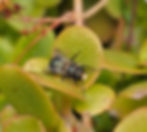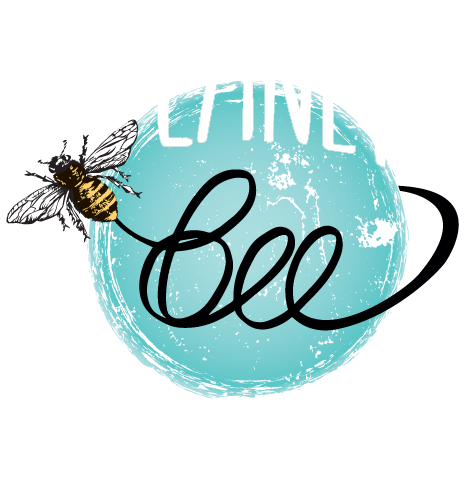
Native Bee Basics

There are an estimated 20,000 species of bees worldwide and the majority are solitary bees. Because of their solitary lifestyle these bees do not defend their nests, and although some are physically capable of stinging they will generally not do so unless roughly handled. This makes solitary bees a relatively safe model organism to facilitate lessons on biology, plant/insect interactions, ecology, and more.
The solitary bee female mates with a male and then begins her nest. In natural settings solitary bees burrow in the ground or nest in preexisting cavities such as beetle burrows, holes made by woodpeckers, hollow stems and reeds, and even empty snail shells! The size of the cavity, material, orientation, and other factors dictate the suitability of the cavity for different species of solitary bees.
When a suitable nest location is decided on, the female bee collects pollen and nectar and provisions the nest. She lays an egg on the provisioned food and then seals off each cell. The larvae will hatch from or absorb the egg and then feed on the food provision in the cell. After this eating and growing stage, the larvae become a pre-pupae. The pre-pupae spin webbing similar to a cocoon and then go into the pupal stage. The adult bees will then emerge, chew through the sealing materials and find a mate and repeat the cycle. The time it takes to go through each of these stages may be dependent on the species of bee, the time of year, temperature, or other environmental factors.
Different bees also use different sealing materials. For instance, as their name suggests, the leaf cutter bee cuts semi-circle pieces from leaves to line the inner cavity of the nest, create individual cells, and cap off the nest. The mason bee uses mud to create a cement-like seal between the cells. Some solitary bees use flower petals, others use plant resins or fibers and others secrete a waterproof wax-like material to line their cavities and/or seal their cells.

